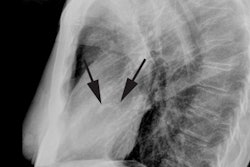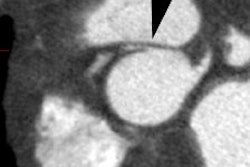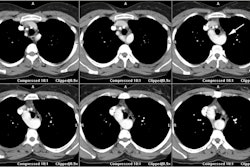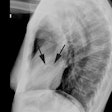J Thorac Imaging 1995;10(1):1-25. Congenital heart disease in the adult patient: the value of plain film chest radiology.
Steiner RM, Gross GW, Flicker S, Salazar A, Baron M, Loessner A
Congenital heart disease (CHD) is a major clinical problem in children, occurring in 0.8% of newborns (1). In the past, most patients with CHD died in infancy. With improved surgical and postoperative care, as well as more accurate preoperative evaluation, the overall 10-year survival rate is > 90%. As a result, > 500,000 adults in the United States have surgically treated CHD (2). In addition, at least 150,000 adults are thought to have unrecognized, misdiagnosed, or recognized but untreated CHD (3,4). Diagnostic imaging procedures for the evaluation of CHD include plain film radiology, fluoroscopy, angiocardiography, echocardiography, scintigraphy, computed tomography (CT), and magnetic resonance imaging (MRI). Each has unique as well as overlapping abilities to characterize precisely cardiovascular anatomy and pathophysiology. We emphasize those congenital cardiac disorders found predominantly in adults. In addition, conditions that are usually unrecognized in childhood, "slip through the system", and become clinically recognized in adults for the first time, often with an atypical clinical presentation, are discussed (5). The interpreter of the plain film radiograph has a unique opportunity to identify and often characterize the severity of a congenital cardiac disorder that may be unrecognized by the patient's physician. Important clues found on plain film radiographs will suggest either additional studies to pin-point the type of CHD more precisely or that no additional studies are needed because the recognized lesion is incidental and not of clinical significance.
PMID: 7891394, MUID: 95198349






